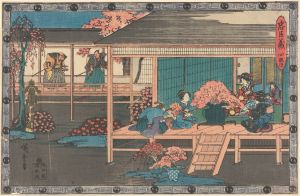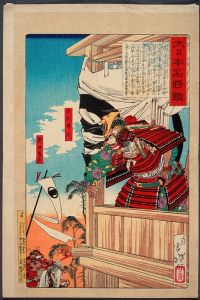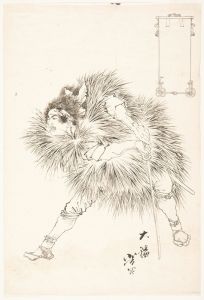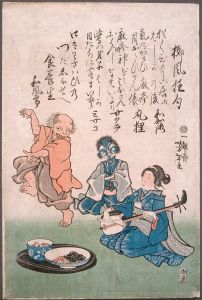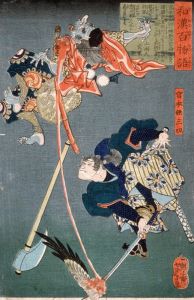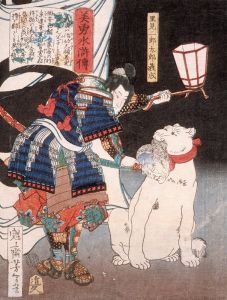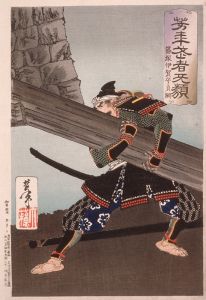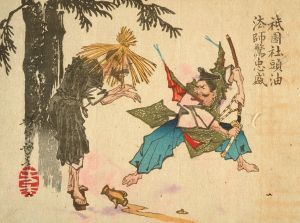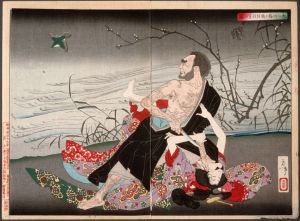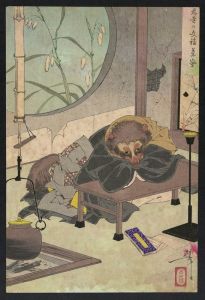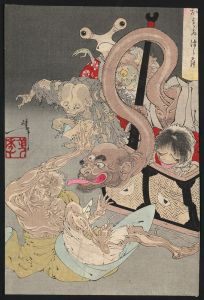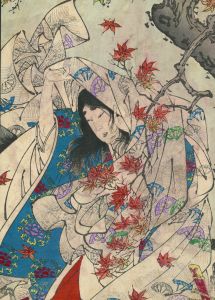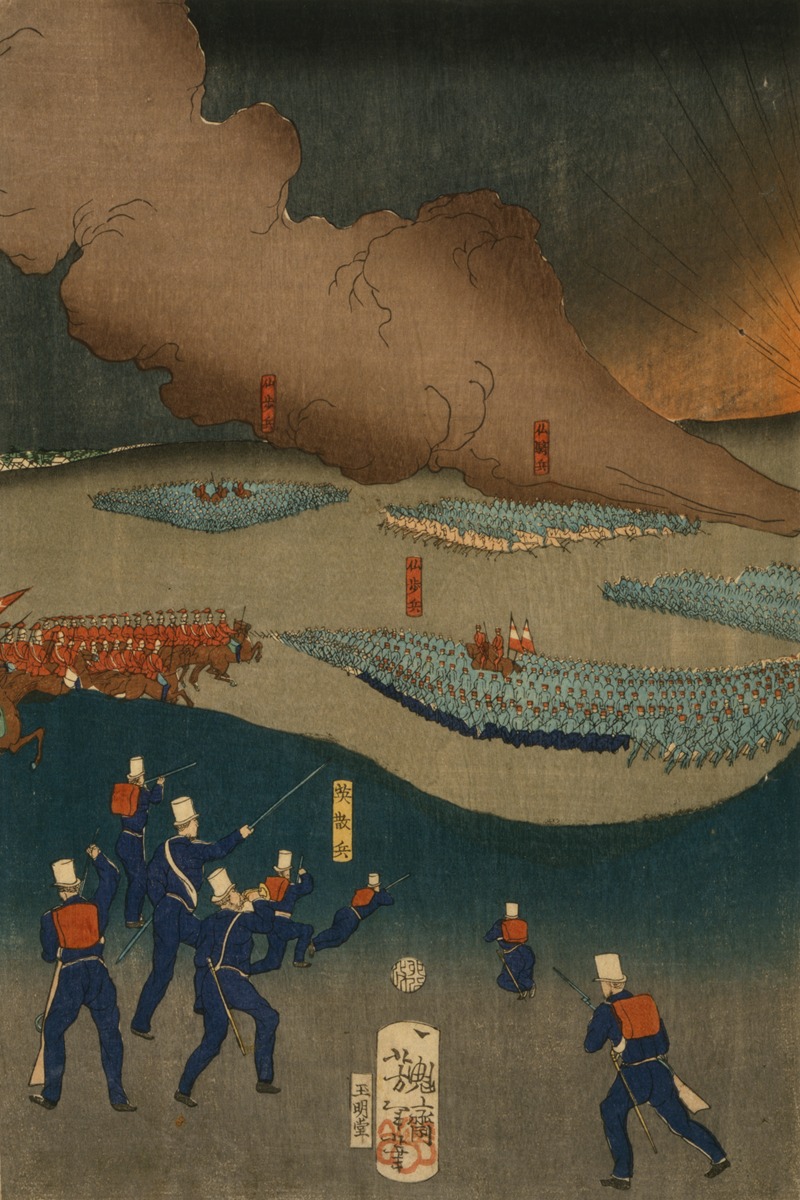
Furansu Igirisu sanpei daichōsen no zu
A hand-painted replica of Tsukioka Yoshitoshi’s masterpiece Furansu Igirisu sanpei daichōsen no zu, meticulously crafted by professional artists to capture the true essence of the original. Each piece is created with museum-quality canvas and rare mineral pigments, carefully painted by experienced artists with delicate brushstrokes and rich, layered colors to perfectly recreate the texture of the original artwork. Unlike machine-printed reproductions, this hand-painted version brings the painting to life, infused with the artist’s emotions and skill in every stroke. Whether for personal collection or home decoration, it instantly elevates the artistic atmosphere of any space.
"Furansu Igirisu sanpei daichōsen no zu" is a woodblock print by the renowned Japanese artist Tsukioka Yoshitoshi. Yoshitoshi, born in 1839 and passing in 1892, was a prominent figure in the ukiyo-e genre, which flourished in Japan from the 17th to the 19th centuries. Known for his innovative style and dramatic imagery, Yoshitoshi's works often depicted historical scenes, kabuki actors, beautiful women, and supernatural themes.
This particular print, "Furansu Igirisu sanpei daichōsen no zu," translates to "The Great Battle of the Three Armies of France and England." It is part of Yoshitoshi's oeuvre that reflects the Meiji period's fascination with Western culture and historical events. During the Meiji era (1868-1912), Japan underwent significant modernization and Westernization, which influenced many aspects of Japanese art and culture, including the subject matter of ukiyo-e prints.
Yoshitoshi's work often captured the dynamic and tumultuous nature of historical battles, and this print is no exception. It illustrates a dramatic scene of conflict, likely inspired by the historical battles between France and England. While the exact historical event depicted in the print is not specified, it is emblematic of Yoshitoshi's ability to convey action and emotion through his art. The print showcases his skillful use of color, composition, and line work to create a vivid and engaging scene.
Yoshitoshi's prints are characterized by their attention to detail and the ability to convey complex narratives within a single image. His work often included elements of traditional Japanese aesthetics while also incorporating influences from Western art, which was becoming increasingly popular in Japan during his lifetime. This blend of styles is evident in "Furansu Igirisu sanpei daichōsen no zu," where the depiction of Western military uniforms and weaponry can be seen alongside traditional Japanese artistic techniques.
The print is part of a larger body of work by Yoshitoshi that explores themes of war and conflict, reflecting both historical events and the artist's personal interest in the subject. His works are noted for their emotional depth and the ability to capture the human experience within the context of historical narratives.
Yoshitoshi's influence on Japanese art is significant, and his works continue to be studied and appreciated for their artistic merit and historical significance. "Furansu Igirisu sanpei daichōsen no zu" is a testament to his skill as an artist and his ability to engage with complex themes through the medium of woodblock printing. Today, Yoshitoshi's prints are held in high regard by collectors and art historians alike, and they remain an important part of the study of Japanese art history.





